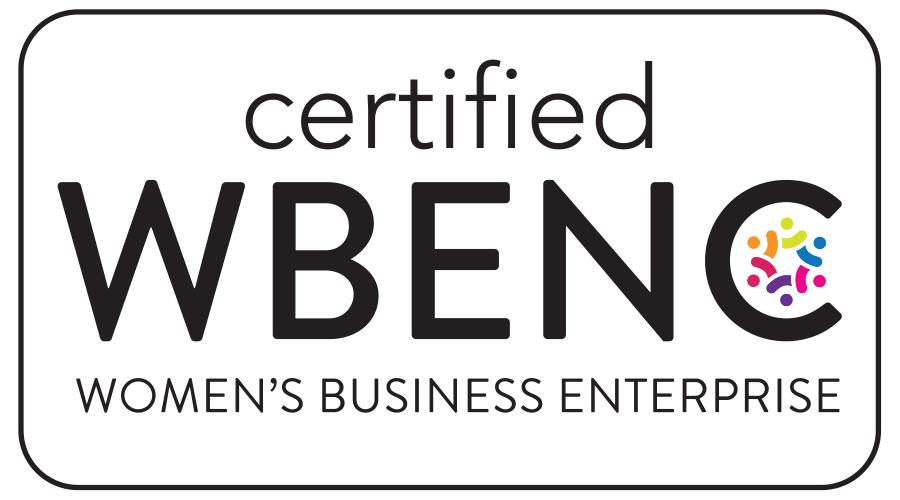
When it comes to considering tax credits and incentives, business owners often have two major questions:
- Where do I start?
- What actions do I need to take?
These two questions are commonly accompanied by stories of past struggles of knowing and keeping pace with the ever-changing landscape of tax credits and incentives. Businesses are focused on a healthy return on investment and maximizing savings and cost reductions. That’s why a leading practice includes a consistent and systematic targeting of tax credits and incentives to meet financial objectives and achieve business success.
In order to achieve the maximum benefits, it is important to perform an ‘incentives checkup’. It all starts with an annual review process. A few key elements of an incentives checkup include: a comprehensive process, a plan to stay informed, integration into your annual planning and strategy process and putting systems or processes in place to preserve the benefits.
Are you including every aspect of your business?
You will want to identify the areas in which your business is experiencing significant increases, such as tax liability, property or payroll factors, investments in real and personal property, employee training or education expenses. You should include a review of locations, real estate needs and changes, employment changes, and future capital expenditures and spend plans. Also, identifying new initiatives your business is currently implementing or plans to institute, such as energy saving and sustainability efforts or community engagement and social responsibility, should all be part of the comprehensive process. Finally, consideration of your specific business dynamics—where you anticipate experiencing changes in your business, or changes in your industry sector which will impact your business—and identifying what impacts these changes or disrupters are expected to have on your business will help you create a comprehensive process.
What is your plan to stay up-to-date on tax credits and incentives?
Knowing, understanding and staying up-to-date with tax credits and incentives can be complex and difficult. According to the 2013 U.S. Census Bureau, there are 3,144 county and county equivalents and 19,354 incorporated places (cities and towns) in the United States. Within each, there are several different available tax credits and incentives each with distinct criteria, regulations, thresholds, reporting requirements and policies associated with them.
Here are just a few significant updates occurring this year:
- Tennessee – Rural Jobs Tax Credit: This enacted legislation is restructuring the way counties are rated and qualified, making it easier for businesses in rural counties to seek job tax credits. It reduces the number of jobs that must be created to receive tax credits. This lowers the threshold for a potential increase in companies that are eligible for jobs tax credits. Previously, to qualify, enterprises had to create at least 25 jobs within the planned investment period (3-5 years from time business plan is filed).
- New Jersey – Business Employment Incentive Program: This enacted legislation converts grants to refundable tax credits, and under the program, New Jersey awarded qualifying businesses with cash grants for hiring new employees in the state for a term of up to 10 years. This conversion is aimed at providing relief to those businesses that have been awarded grants but have not yet received grant payments.
- Florida – Research and Development Credits: This enacted legislation increases funding from $9 million to $20 million for eligible businesses that have certain qualified research expenses. Additionally, the state has increased investment in FloridaFlex, a $30 million initiative that will provide Florida businesses that are seeking to train employees in science, technology, engineering and math (STEM) careers, and other high-skill/high-wage occupations, the opportunity to receive the training they need.
- California – Employment Training Panel (ETP): The ETP funding capacity for employment training programs increased to $90 million and individual employers may receive grants of up to $750,000.
An annual incentives checkup, which incorporates a plan to stay informed of pertinent changes and updates to tax credits and incentives, will allow you to make adjustments throughout the year and integrate them into your business planning and strategy.
How will you integrate the incentives checkup into your business planning and strategy process?
Incorporating a checkup into your planning and strategy on an annual basis is a good practice. A leading practice is to revisit it on a quarterly basis and within eighteen months of securing a negotiated incentives package. Integrating an incentives checkup into your planning process will help you position your business in front of transactions, better understand your business objectives and be well-equipped to maximize incentives value. A few keys to integration are establishing ownership of the incentives checkup and credit review, evaluating capacity and ability to deliver on identified opportunities within your deadlines or timelines, and assessing agility to secure value at the speed of your business.
How will you preserve the benefits?
Tax credits and incentives require forms and applications to be properly prepared and filed in a timely manner. It is crucial to be aware of, maintain relationships and manage for potential tax credits and incentives clawbacks and recapture measures. Doing so allows you to mitigate or minimize any potential negative impacts of clawbacks. Reviewing your compliance procedures, practices and systems are all part of any successful preservation of benefits.
Tax credits and incentives targeting with an integrated approach can be challenging and daunting to start. That’s why it’s crucial to have someone with extensive, strategic experience and a depth of knowledge on your side. Ashmore Consulting will make sure your business and financial objectives are met, the full value of incentives is achieved, and a consistent and systematic approach is implemented so you can focus on what you do best: your business. Call us today at 317.727.4243. The initial consultation is complimentary.

 Ashmore Consulting is proud to join Pledge 1%, a global movement creating new normal where companies of all sizes integrate giving back into their culture and values. Pledge 1% empowers companies to donate 1% of product, 1% of equity, 1% of profit or 1% of employee time to causes of their choice. Over 1,500 companies in 40 countries have taken the Pledge and committed to give to communities around the world. Ashmore Consulting is excited to join Pledge 1%’s network of founders, entrepreneurs and companies around the globe that have committed to giving back.
Ashmore Consulting is proud to join Pledge 1%, a global movement creating new normal where companies of all sizes integrate giving back into their culture and values. Pledge 1% empowers companies to donate 1% of product, 1% of equity, 1% of profit or 1% of employee time to causes of their choice. Over 1,500 companies in 40 countries have taken the Pledge and committed to give to communities around the world. Ashmore Consulting is excited to join Pledge 1%’s network of founders, entrepreneurs and companies around the globe that have committed to giving back.


